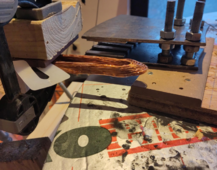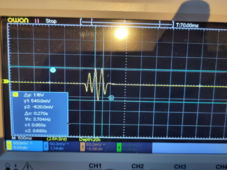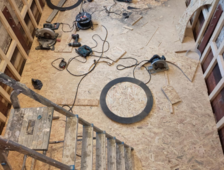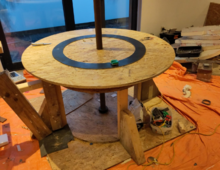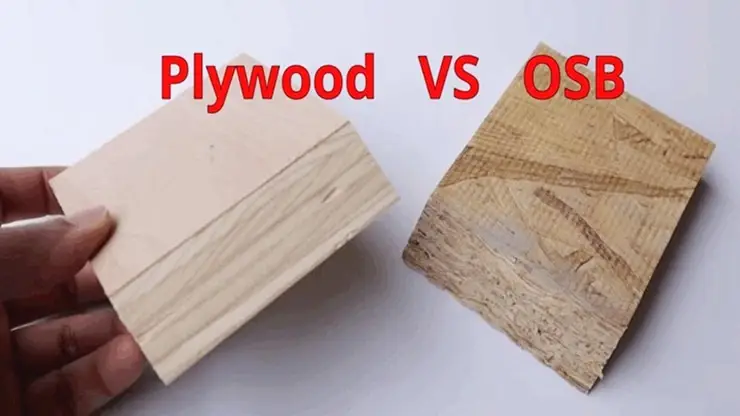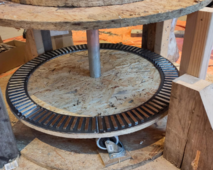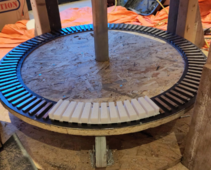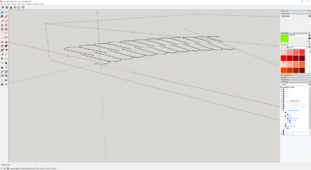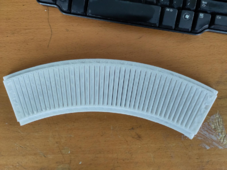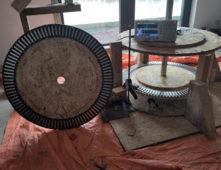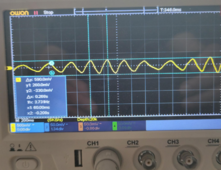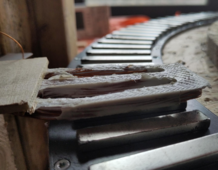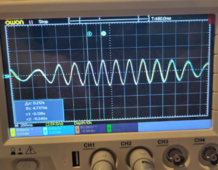brandnewb
Going for serious. starting as newb
I am not sure if I ran this experiment correct or not.
I am trying to establish if a serpentine coil is just as capable as a closed looped coil in generating a field when magnets run over them.
But the test was the same closed loop coil but then the second run with the ends bend away as it is not doing much for the generation of electricity when magnets pass over there was my reasoning.
Anyway there is no difference that I could find between a non bend coil and the one on the photo below
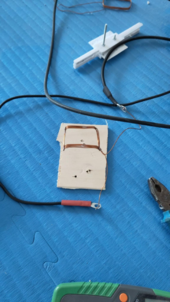
the field stays the same whether I bend away the legs or not
I am trying to establish if a serpentine coil is just as capable as a closed looped coil in generating a field when magnets run over them.
But the test was the same closed loop coil but then the second run with the ends bend away as it is not doing much for the generation of electricity when magnets pass over there was my reasoning.
Anyway there is no difference that I could find between a non bend coil and the one on the photo below

the field stays the same whether I bend away the legs or not



